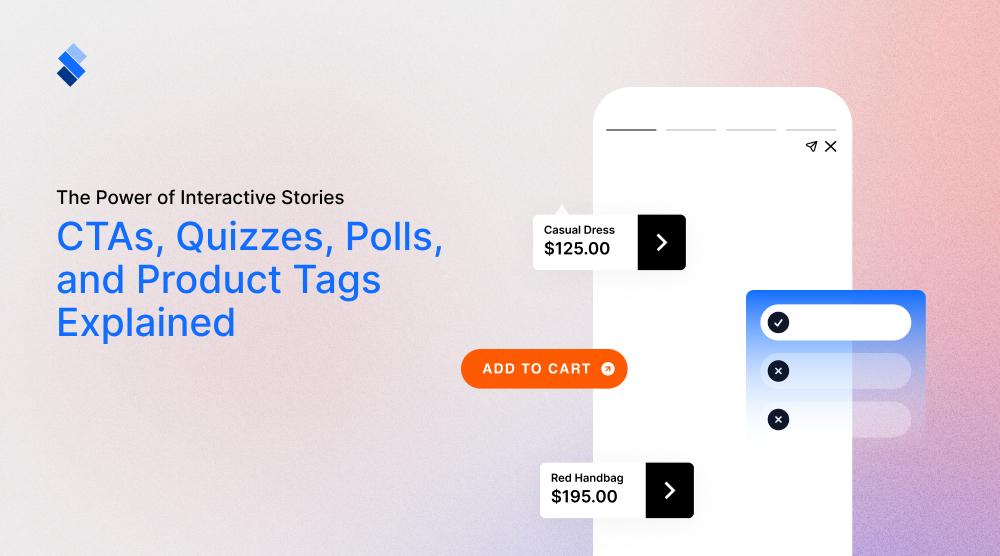Poll Ideas: Questions & Templates
Once you understand the use of poll questions you will be able to utilize them in a much more dynamic, well-crafted fashion.

Modern marketing is almost exclusively based on customers. No matter which marketing trend you wish to implement, or which marketing tool you wish to use, it is paramount that you understand your customer base and cater to their needs. Luckily, there are different ways to do this, from following customer behaviour to gathering customer information. In this article, we will primarily focus on polls and how poll questions can be used to various benefits.
Why are polls useful?
Pools are one of the few methods of gathering declared data. With them, you learn what your customers think. And, if you ask the right questions, you can even learn how they are going to behave. You can use polls to directly ask questions you wish to get answers for. Or, you can use them to learn about the attitude of your consumers in an indirect way. This info is especially useful when tackling emotional intelligence and ensuring that your website feels right.
An important diction to make between polls and standard questionnaires is that polls provide you with a set of answers. While this may seem trivial at first, it is necessary to be aware of what pros and cons go with having set answers. The downside is that you restrict your customers from giving you their full and honest answers. Even if you feel that your answers cover all the possibilities, you are still restricting your customers. But, the upside is that polls as much easier to statistically evaluate. Furthermore, a poll with premade answers takes much less time to fill out, than a questionnaire with open-ended questions. So, even though polls can be a bit restricting, they are quite effective in giving you the broad-strokes idea of what your customers think.
Why are you using poll questions?
Before we go over the common poll templates, it is first important to outline the key aspects of formulating poll questions. Namely, you need to figure out what you are trying to do with your poll. Are you trying to get the general attitude of your customers? Or are you trying to guide them towards business with you? Essentially, there is no limit to what you can use polls for. By outlining what you are looking for you can choose the right template and ensure that your poll actually gives you the answers you are looking for.

Common poll templates
To give you an illustration of how versatile polls can be we are going to cover the most common poll templates. You shouldn't feel pressured to use all of them, as not all websites are suitable for every type of content. But, with luck, you ought to find a poll template that will suit your needs.
"Your favourite" poll
Let's assume that you are running an online shop. You have a plethora of products and you want to find an easy way to present them to your customers. One option is to rely on SEO and to ensure that your products are easy to find. But, this can only take you so far.
If your customer has just stumbled into your website, it is in your best interest to showcase your offer in an engaging way. This can be done through the "Your favourite" poll. Here you ask a line of questions that help you determine the preferences of the visiting customer. For instance, if you run a clothing store, your poll can go something like:
• What is your favourite type of clothes?
• What is your favourite season?
• What is your favourite colour?
After a few questions, you will have a pretty good idea of what kind of clothing item your customer would like. You can now use this info to easily point them to your product.
"This or that" poll
Another way to approach your customers is with a "This or that" poll. This is essentially a questionnaire where every question serves to boil down what your customer wants. But, instead of giving them multiple answers like in the previous example, you only give two. Having only two answers helps customers keep focus and ensures that they are introduced to your offer as soon as possible.

For example, let's say that you are running a moving company. Here you can ask:
• Do you require long-distance or local moving services?
• Do you require packing or do your wish to pack yourself?
• Is storage necessary or do you have other options?
And within three questions you've addressed your customer's needs.
Story poll
The thing about polls that often flies under the radar is that they are interactive. As interactive content, polls do a much better job at engaging your audience and grabbing their attention. So, instead of simply using them on your website. you can use them in various aspects of your online presence.
For instance, you can use StorifyMe to create polls as story content. You can then place those stories in your marketing and ensure that your content sticks out. Here, the polls don't have to be informative or lead to CTA. Instead, you can use fun polls that simply capture the customer's attention and lead them to other, more direct marketing content.

Final thoughts about using polls
As a whole, we feel that poll questions are quite underrated. With proper design, they can be quite engaging and can easily lead your customers to natural conversions. You can even use them for product storytelling and as interactive content. But, the main idea is to design them with care and to time them properly. Sites with good polls know that timing is just as important as the content. So, make sure that you know what your customer's journey is like on your website in order to make full use of it.







